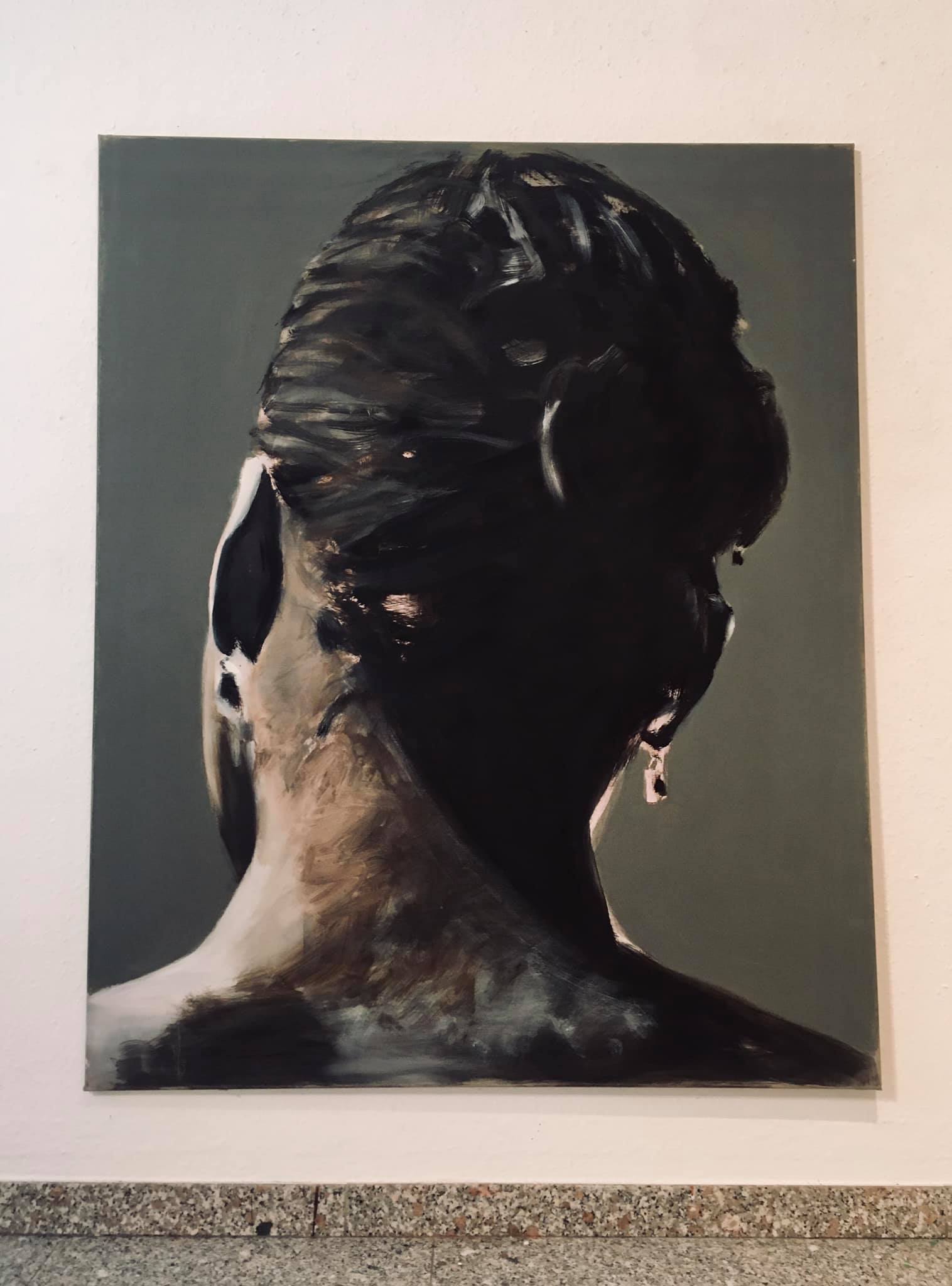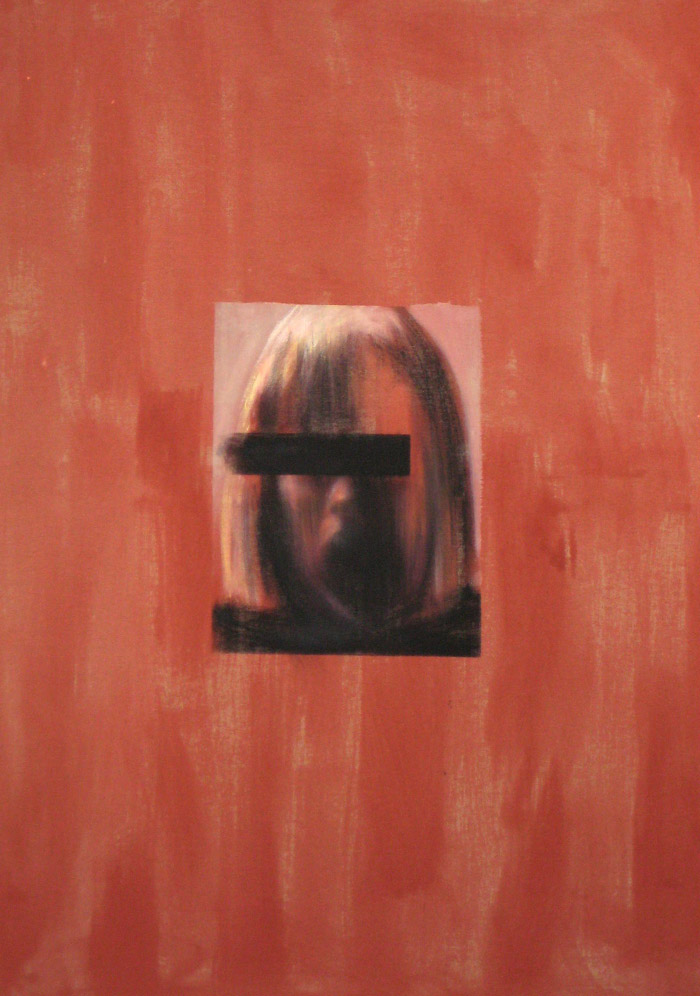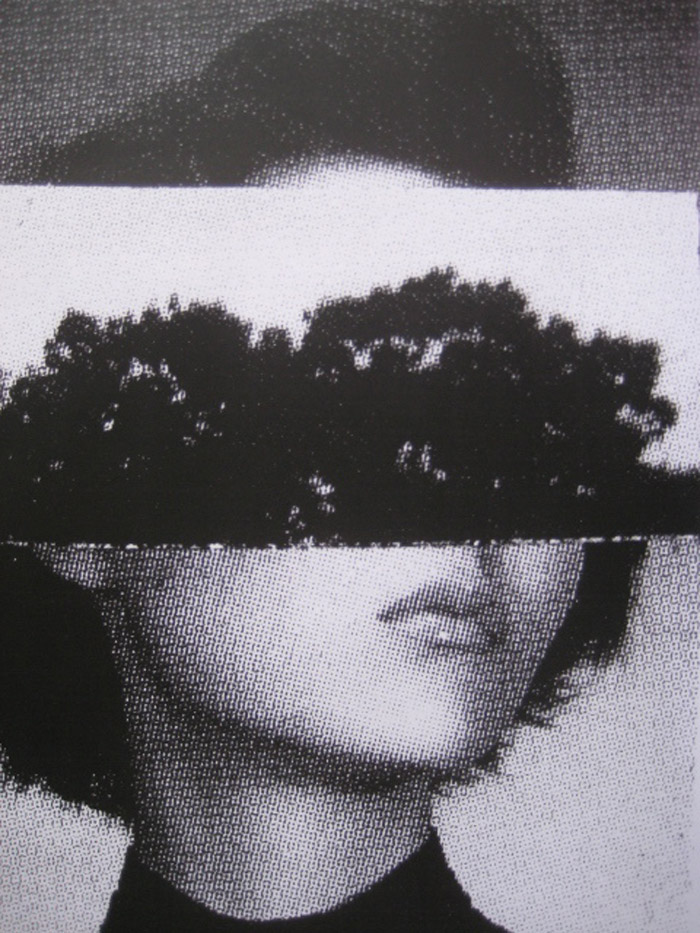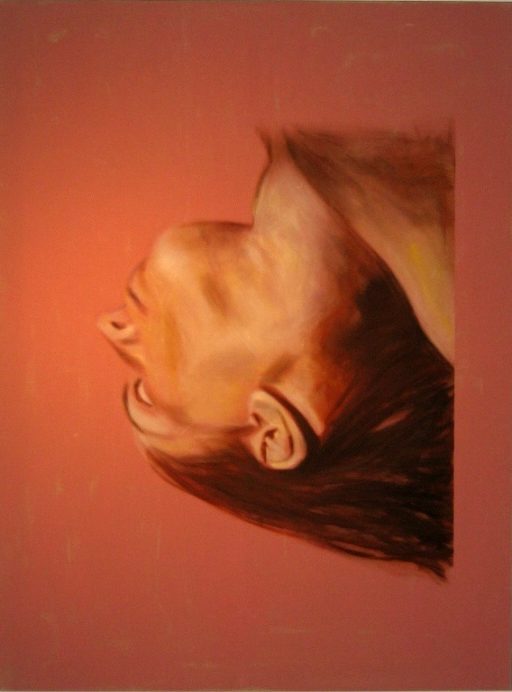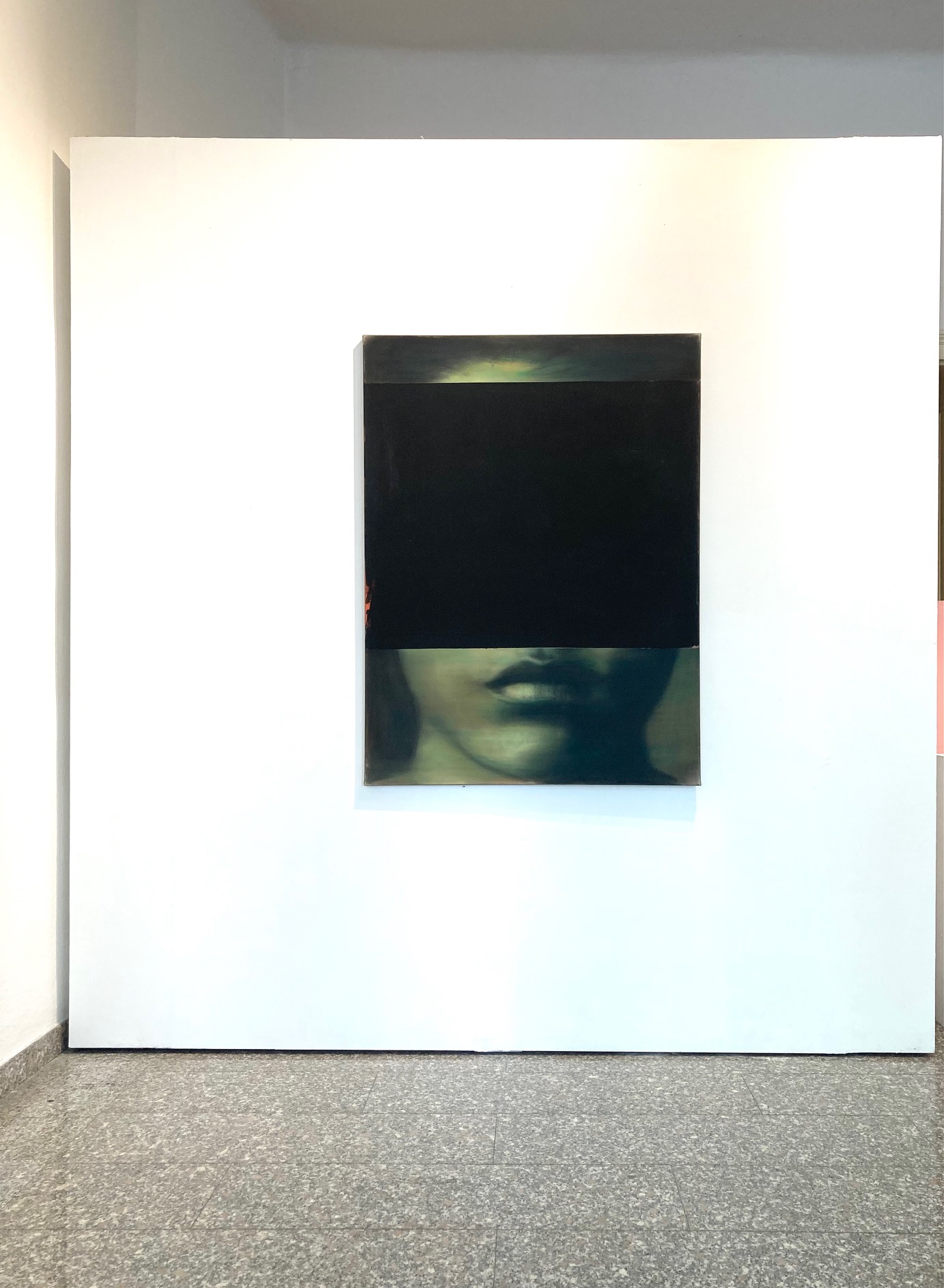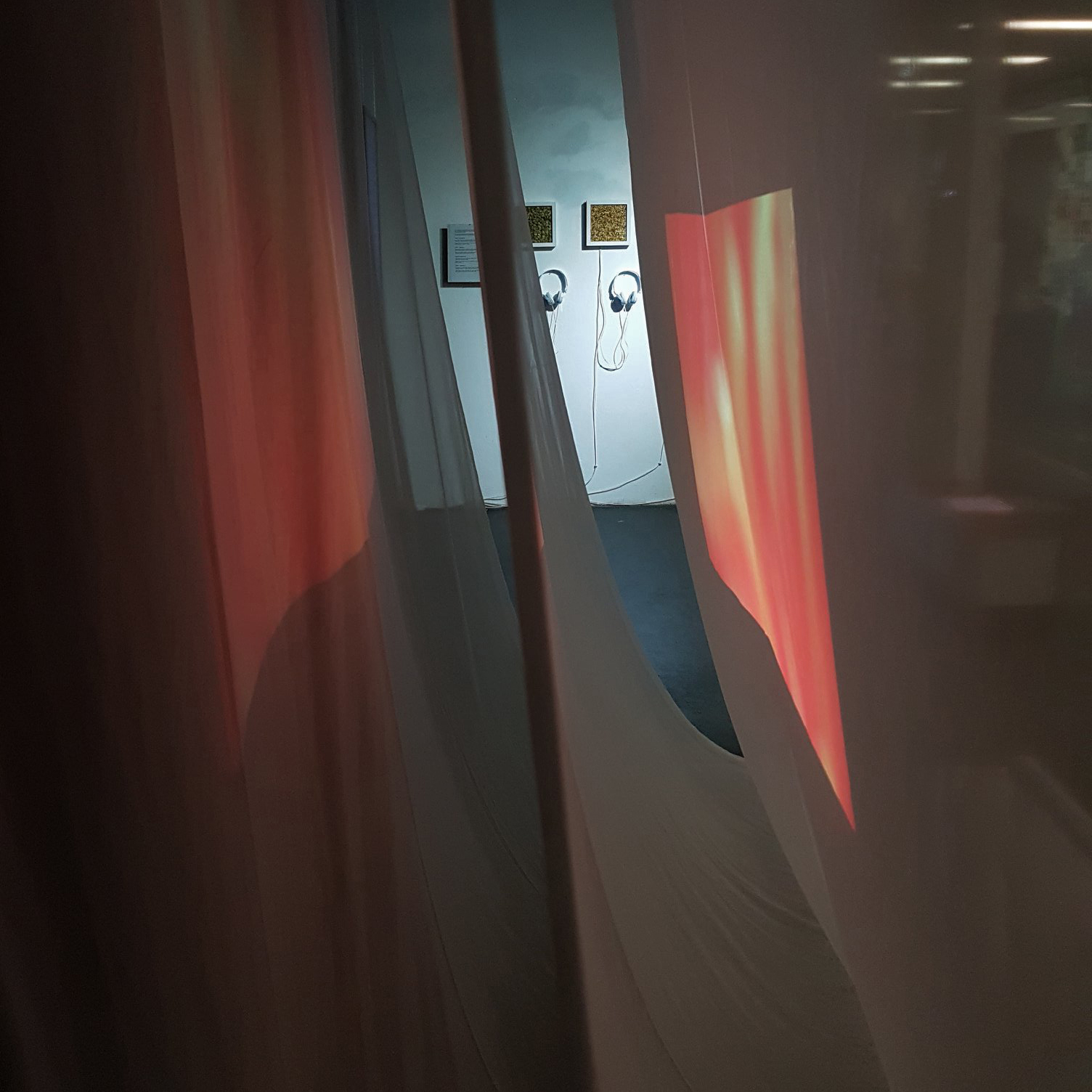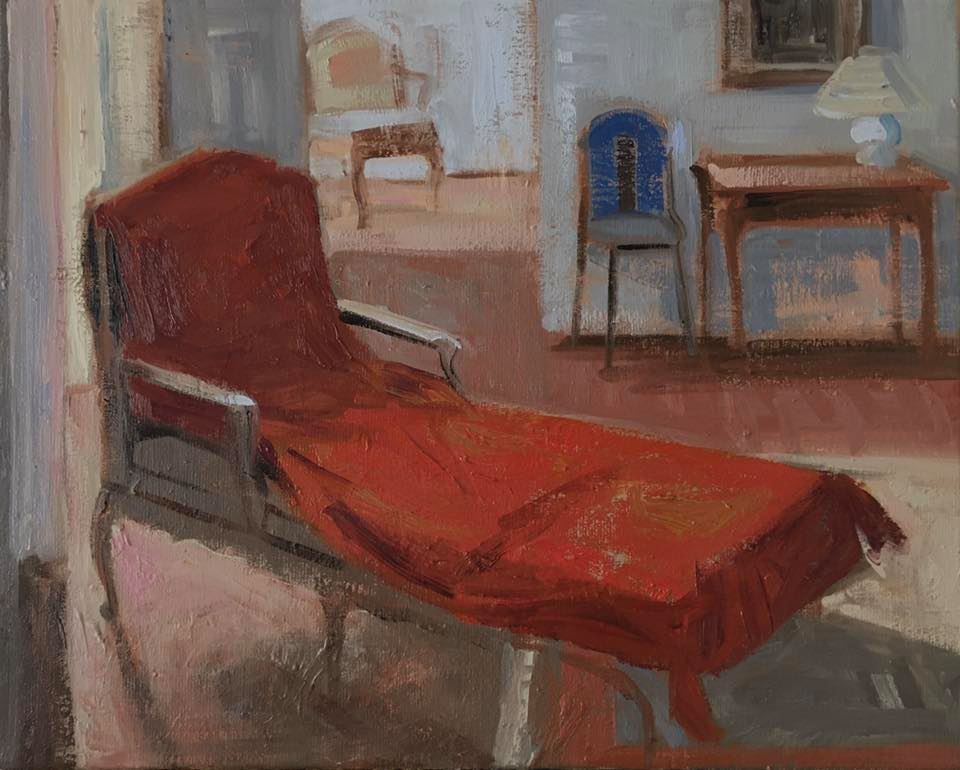Wolfgang Pavlik born 1956 in Vienna
http://wolfgangpavlik.yolasite.com/
Selected One Person and Mixed Exhibitions
2017 Lienz, Spitalskirche, „Chicken-Hedwig-Pavlik“
2016 Vienna, Parallel Art Fair Vienna, „Tremae“
2015 Vienna, Library Akademie of Fine Arts Vienna:“min icons“, Video / Books and Writings“
2015 Venice 56th Art Biennale 2015 – Personal Structures – Palazzo Mora
2014 Vienna, artunited, „Pavlik / Schütz curated by Peter Zawrel“
2010 St.Pölten, Museum Niederösterreich „Ich bin ein anderer“,
2009 Palermo, Galerie Zelle Arte contemporanea, Metà della Vita, with A. Anselmo
2008 Böheimkirchen, Artroom-Würth,„Cross Painting“
2007 Vienna, artunited “from a collection”
2006 Vienna, 1st Vienna Biennale, “Black and White”
2005 Linz, MMK Lentos “Lebenswelten”, Lebenswelten
2004 Mannheim, Mannheimer Kunstverein, R 2 „different image“
2003 Vienna, Galerie Sauruck
2001 Steyr, Austria, temp. Kunsthalle, „Really“
2000 Turin,Galerie Plein Air / Vienna, Jesuitenfoyer,”zwei Portraits”
1997 Florenz, European University Institut, “the image of the other”
1995 Reykjavik, Living Art Museum, “Seven Austrian Artists”
1993 Linz, OK Centrum, Das Fremde – der Gast
Wolfgang Pavlik, belongs to a generation of artists that redefines and reorganises painting.
Pavlik develops in his work new compositional forms, as a reflex to apparent oppositions such as abstraction versus figuration.
Pavlik bases his portraits on photos from newspapers and memory. The men and woman however process no identity.
The origin, social position and occupation of each subject are indefinable.
Through the obscuration of the subject with fields of colour Pavlik suggests the semantics of abstract art. His pictures reflect the relationship between photography and painting, but also the changes, which the perceptive sense has gone through on the ground of the development of the medial greater technology.
The beam which one finds in many of the pictures is among other things the symbol of the extinguishment of the subject, is shrinking to black box, the redevelopment of the act of seeing to the non-personal apparatus of seeing.
His interest in influencing reception through presentation shows a conceptual element in his art.
James Kaye
Text in: Wolfgang Pavlik, the Image of the Other: Ahnengalerie, in Bo Stråth (ed.), Myth and Memory in the Construction of Community, Historical Patterns in Europe and Beyond, Multiple Europes No. 9, P.I.E.-Peter Lang, Brussels 2000.

